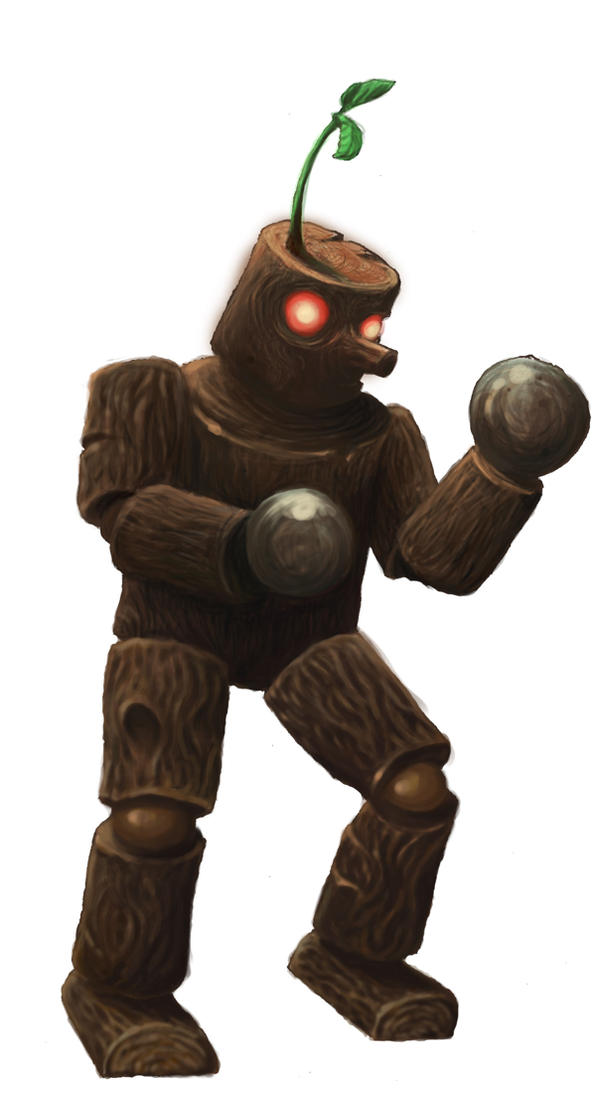2. Computer Aided design¶
This week we started learning to model using computer softwares, both 2D and 3D designs.
2D Designs¶
For 2D we used two programs; Cuttly and Fusion 360
Cutly¶
Cuttly was simple and super user-friendly and straight to the point. We experimented with the modifiers, especially circle repeat and outline stroke.
3D Designs¶
We used Fusion 360 again in addition to Tinkercad, which are both supplied by AutoDesk Educational.
Tinkercad¶

Tinkercad is an online only tool. Albeit it being a bit hard to use at first, I was able to make something with it. You don’t have a lot of control but you can be creative with it for simple stuff. It can be very useful for younger individuals as well. It easier to use than other software as you have ready made 3D objects to drag and drop and resize/edit to your fit, you can also use objects from its library or the internet. We experimented with downloading designs and impleneting them in our own. It was very simple.
Pros + Easy to use. + Fast. + Simple. + You can use keyboard to fine tune.
Cons - It is hard to properly place objects, you will find them flying in the end. - Online-only. - Cartoony and childish.
I tried to replicate Mokujin from Tekken

Fusion 360¶
This software can be used for both 2D and 3D designing. It is a very powerful software however it takes a lot of resources and requires a lot of patience… :smiley: Using the software was a struggle and not pleasing at all. Nonetheless it is the most featured and jam-packed out of the bunch in my opinion.
Because I’m addicted to using batteries and I have them all scattered around my room, I decided to make a battery case plus a battery dispenser. I took aspiration from the designs at Thingverse and tried replicating them. It was not an easy task at all for a beginner. I
Battery Case¶

You start with new project and a new 2D sketch by clicking on New Sketch (icon labelled):

Then you have to choose the plane to work on:

I started with making rectangles in all three planes for the Front, Sides, and Bottom pieces, two of each to cover left and right, back and front, top and bottom:

Converting from 2D to 3D¶
In order to convert from 2D plane into 3D objects; you need to Extrude the items by the following:
1. Click on Extrude (labelled “1”)
pro-tip: you can use the shortcut by pressing ‘E’ on the keyboard
2. Click on the face/sketch
3. Pull inside or outside, depending on what you need. You can also cut/join objects using this method.
4. To fine tune and be more precise you can adjust by typing the number in the box.

Then I made some hole using the Hole tool (shortcut ‘H’)
Hole Tool¶

Hole tool is kind of similar to Extrude. 1. Start by clicking on the tool or use H on keyboard. 2. Click on the object to make holes. 3. You can adjust the size/diameter and dimensions, plus placement. 4. You can change the shape and settings of the hole in the menu. 5. You can fine tune it in the same menu. 6. Scroll down for more options and a representation of the hole(s).
Second Model¶

For the second model I made a battery dispenser, I used the extrude tool here to make the openings. I still need to adjust the holes sizes to be thin, as a level indicator. I used the Fillet tool (F) to make the slope part of the dispenser. 1. Start by clicking on the angle of the part you want to “filet” 2. Click F on your keyboard or the icon in Modify menu. 3. Adjust by dragging or typing the number exactly of the radius. 4. You can change additional options in the context menu.

And preview the model below in 3D
Research¶
“Lorem ipsum dolor sit amet, consectetur adipiscing elit, sed do eiusmod tempor incididunt ut labore et dolore magna aliqua. Ut enim ad minim veniam, quis nostrud exercitation ullamco laboris nisi ut aliquip ex ea commodo consequat. Duis aute irure dolor in reprehenderit in voluptate velit esse cillum dolore eu fugiat nulla pariatur. Excepteur sint occaecat cupidatat non proident, sunt in culpa qui officia deserunt mollit anim id est laborum.”
“Lorem ipsum dolor sit amet, consectetur adipiscing elit, sed do eiusmod tempor incididunt ut labore et dolore magna aliqua. Ut enim ad minim veniam, quis nostrud exercitation ullamco laboris nisi ut aliquip ex ea commodo consequat. Duis aute irure dolor in reprehenderit in voluptate velit esse cillum dolore eu fugiat nulla pariatur. Excepteur sint occaecat cupidatat non proident, sunt in culpa qui officia deserunt mollit anim id est laborum.”
Useful links¶
Code Example¶
Use the three backticks to separate code.
// the setup function runs once when you press reset or power the board
void setup() {
// initialize digital pin LED_BUILTIN as an output.
pinMode(LED_BUILTIN, OUTPUT);
}
// the loop function runs over and over again forever
void loop() {
digitalWrite(LED_BUILTIN, HIGH); // turn the LED on (HIGH is the voltage level)
delay(1000); // wait for a second
digitalWrite(LED_BUILTIN, LOW); // turn the LED off by making the voltage LOW
delay(1000); // wait for a second
}
Gallery¶

files¶
click to download my car model
Video¶
From Vimeo¶
Sound Waves from George Gally (Radarboy) on Vimeo.